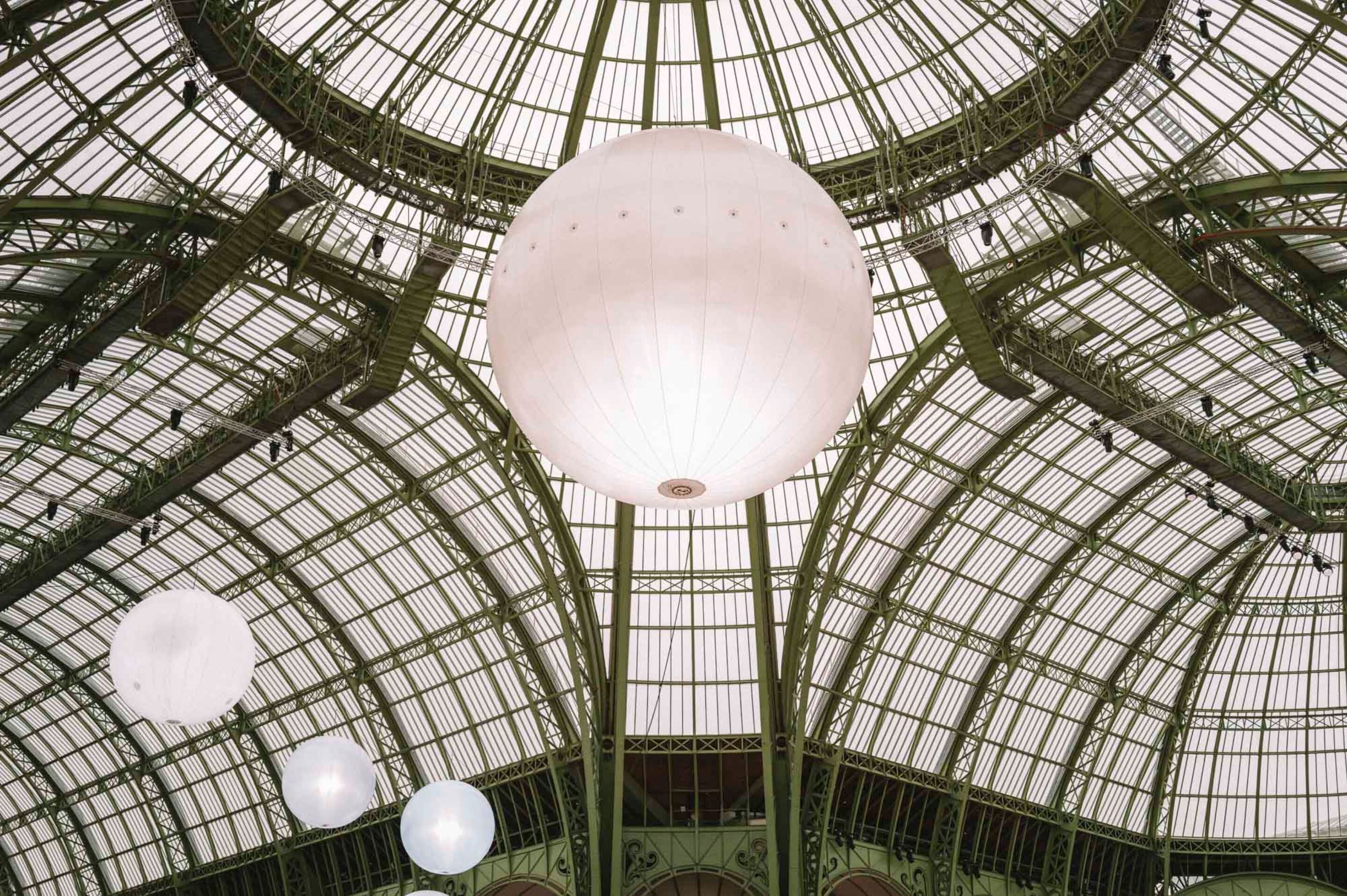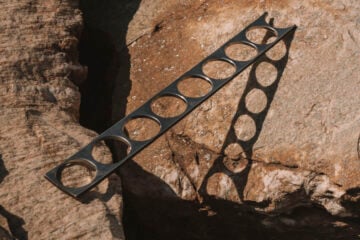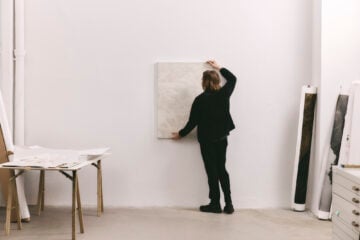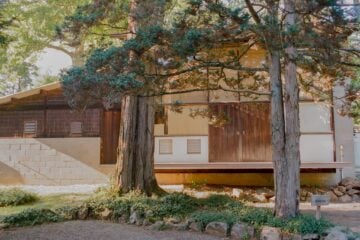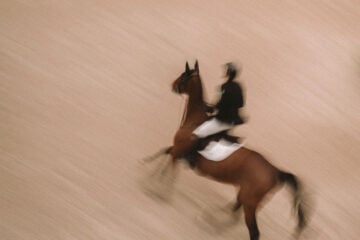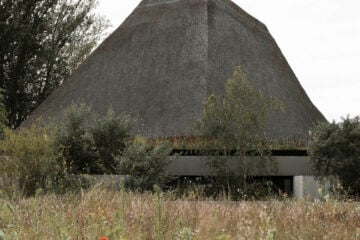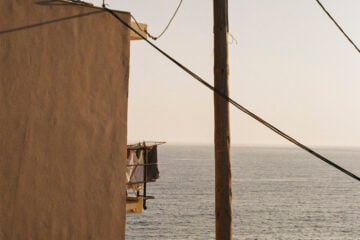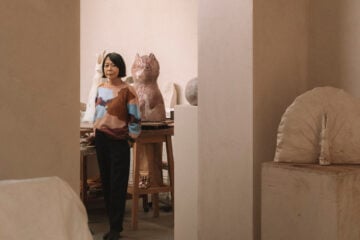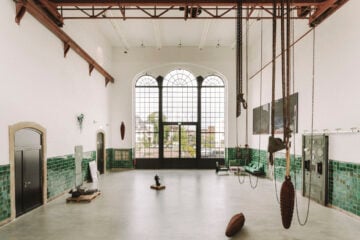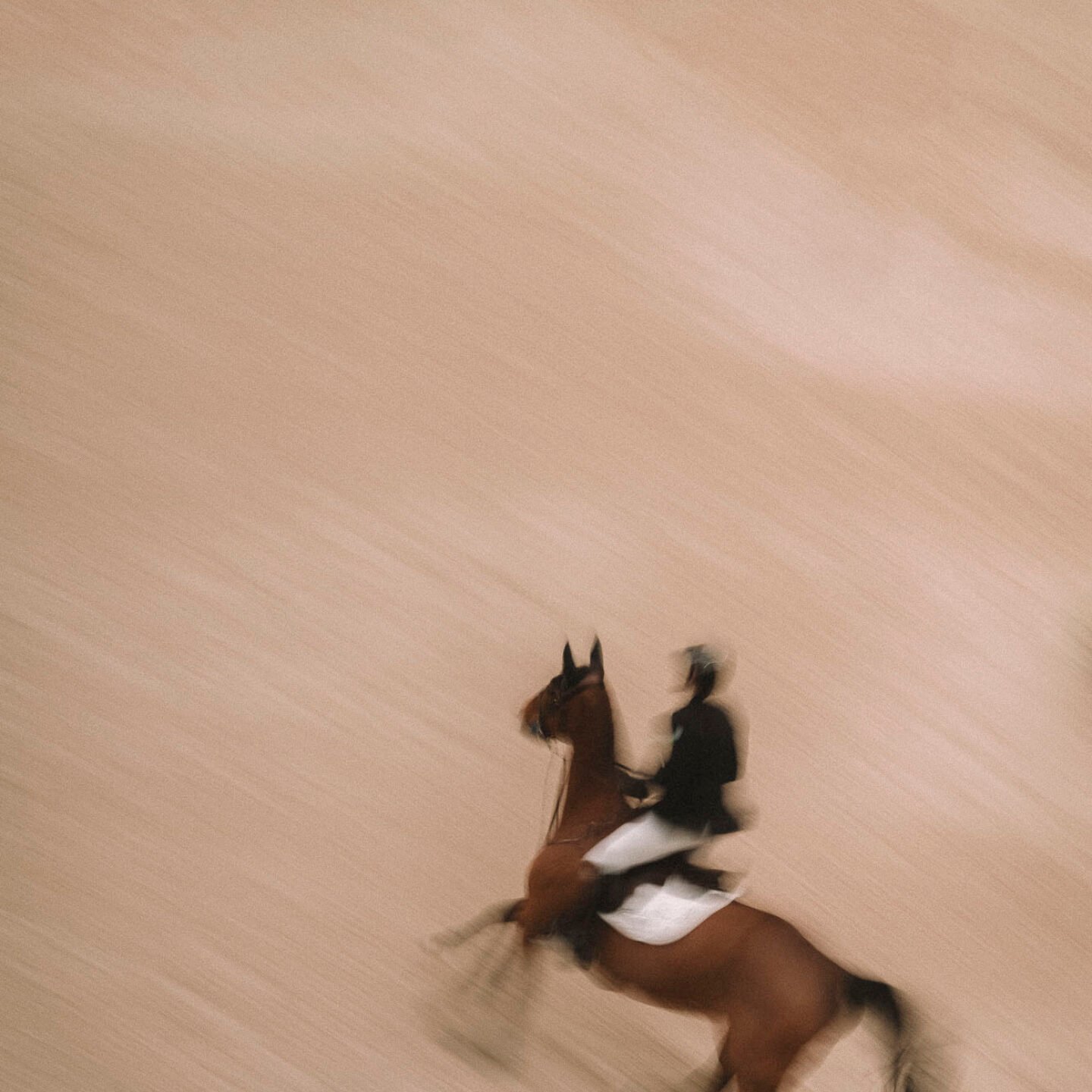
The Saut Hermès 2025: A Spectacle of Airborne Precision at Paris’s Grand Palais
- Name
- Saut Hermès
- Words
- Anna Dorothea Ker
For three days in March, the show jumping competition Saut Hermès transformed Paris’s Grand Palais into a theatre of equestrian brilliance. Beneath the newly restored glass and iron vault, the world’s finest show jumpers and their equine partners carved fleeting lines through the air, defying gravity with a precision honed over years of disciplined training. The stakes were high, the course exacting – every movement a negotiation of control and intuition. Clemens Poloczek was at the arena’s edge to capture the details in an exclusive photo series for Ignant.
A Storied History
Hermès began not as a fashion house, but as a maker of harnesses, its leatherwork offering a new elegance to the horses whose hooves clipped down the cobbled streets of Paris. From 1837, the then-fledgling atelier outfitted the city’s carriages with bridles and saddles, refining a craft that demanded both function and beauty. Though carriages have long vanished from the boulevards, the house’s devotion to equestrian sport endures. This legacy finds spectacular expression in the Saut Hermès, an annual gathering where horses and riders trace arcs through the air beneath the vaulted glass dome of the Grand Palais.
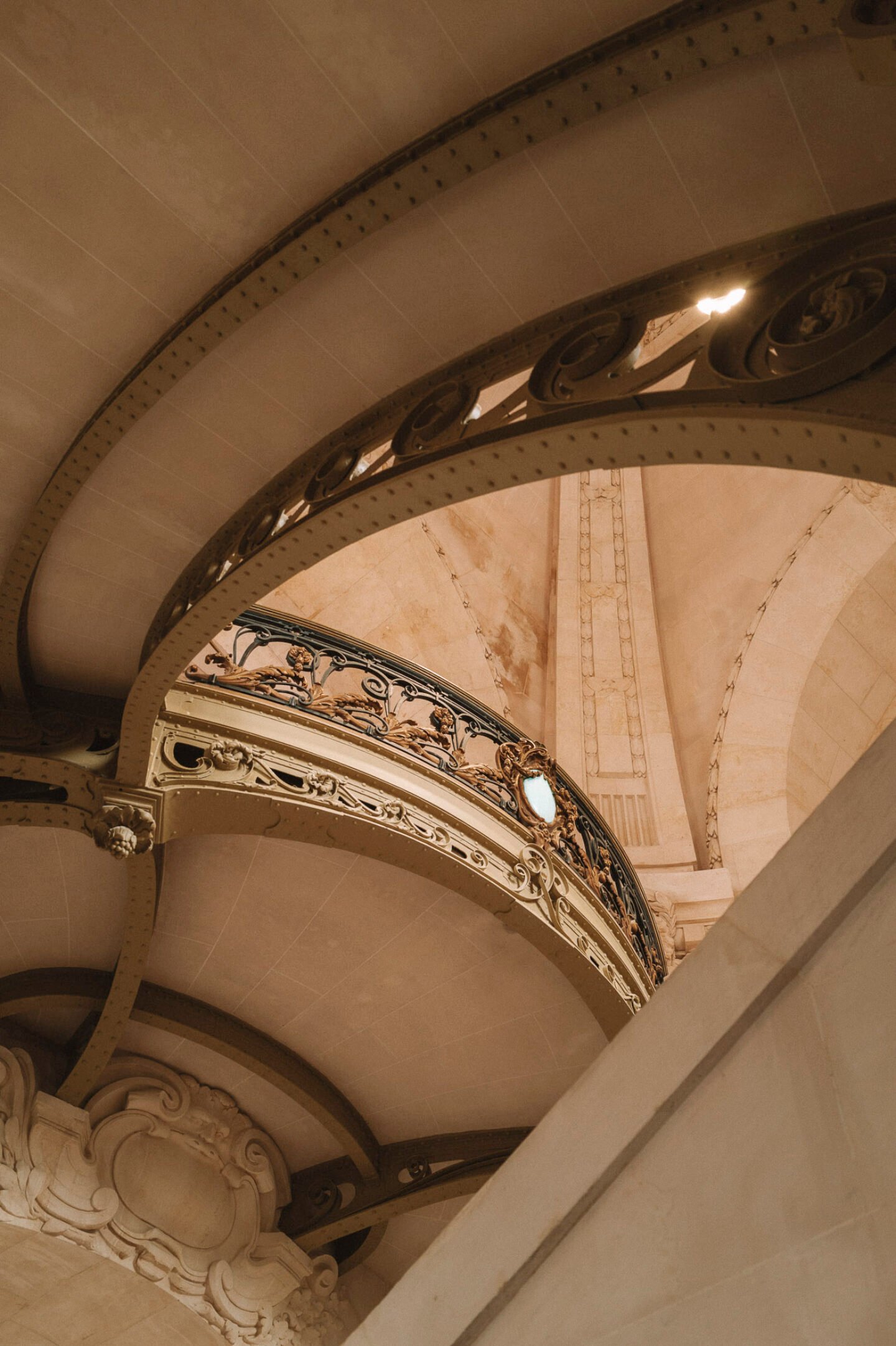
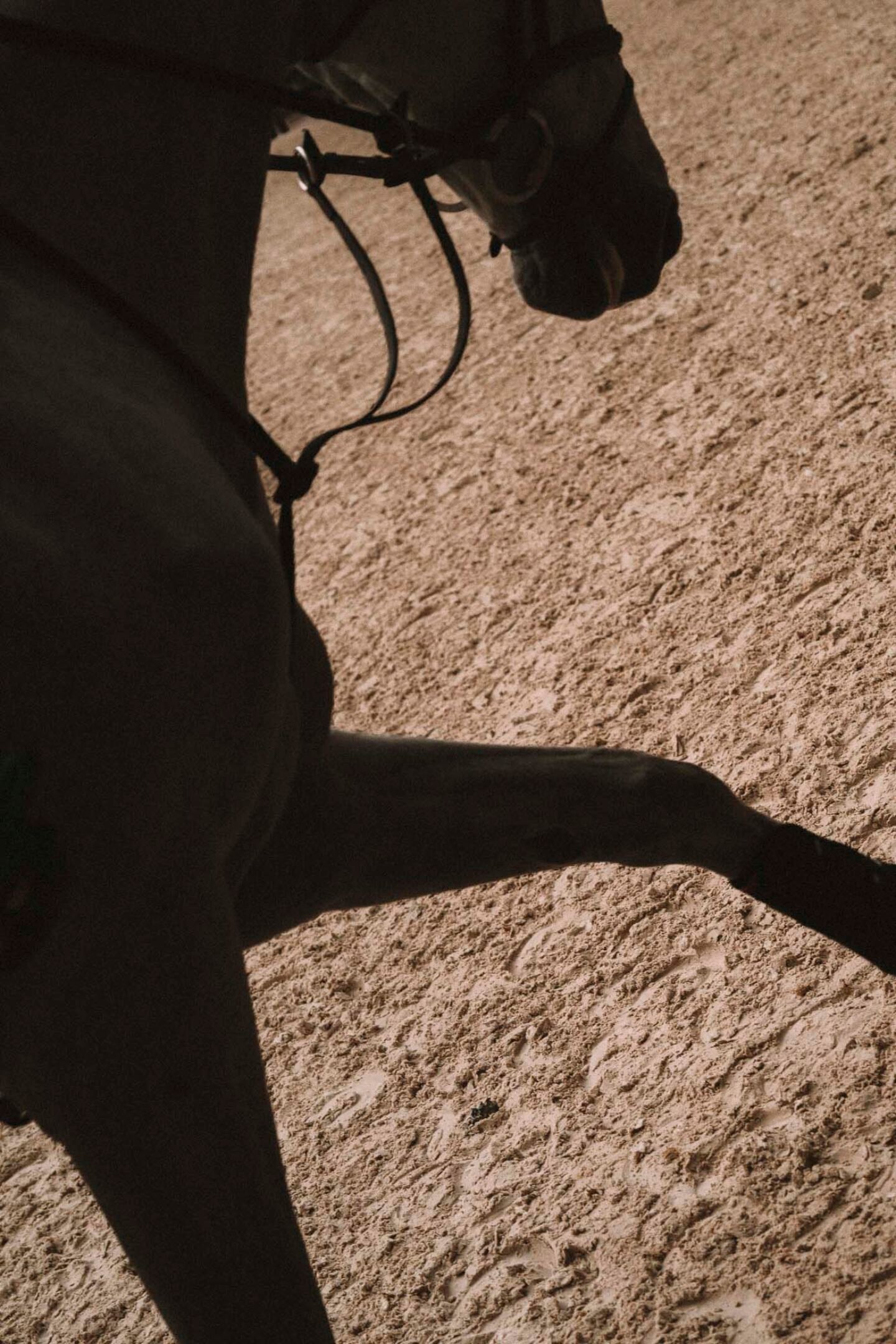
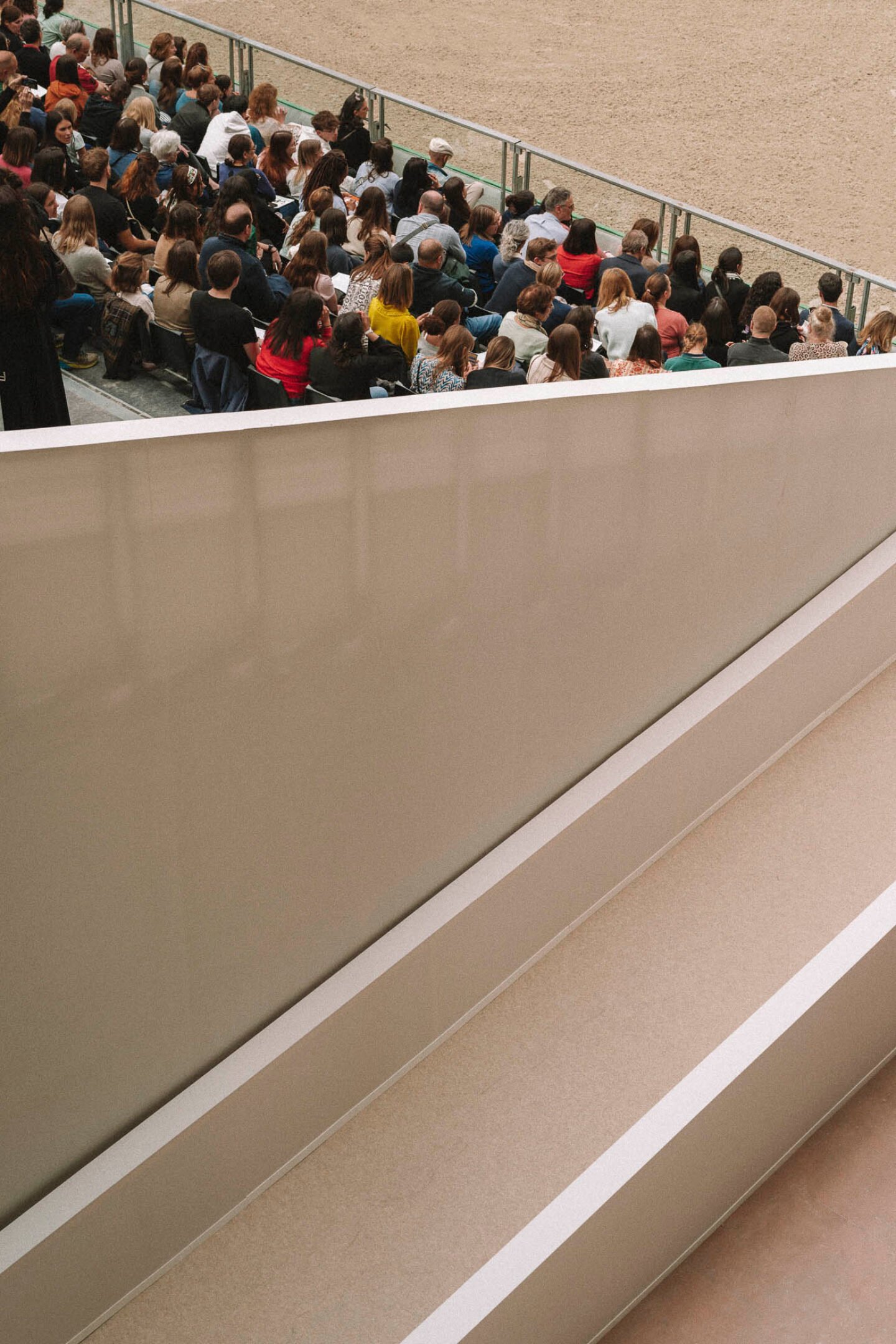
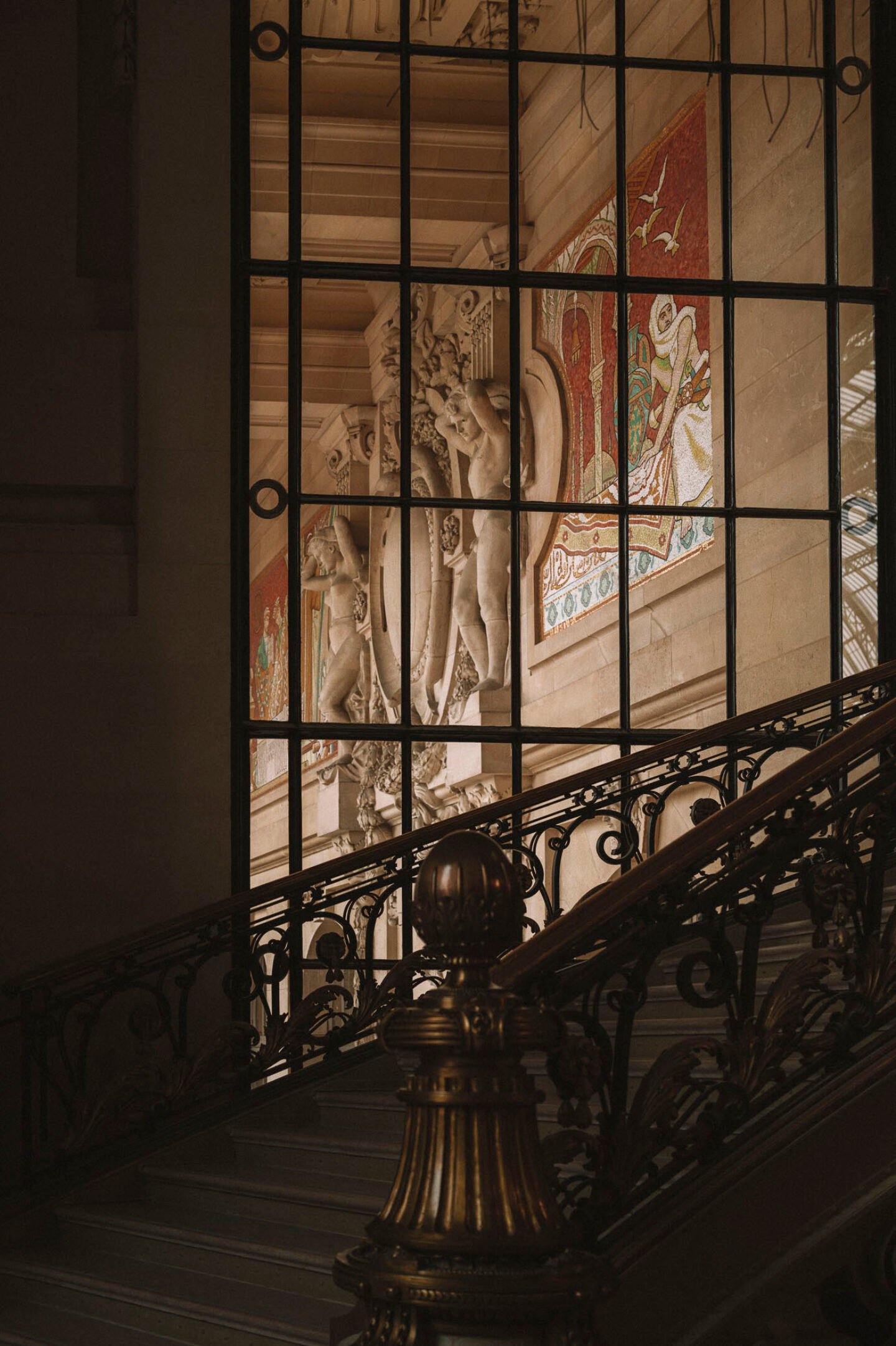
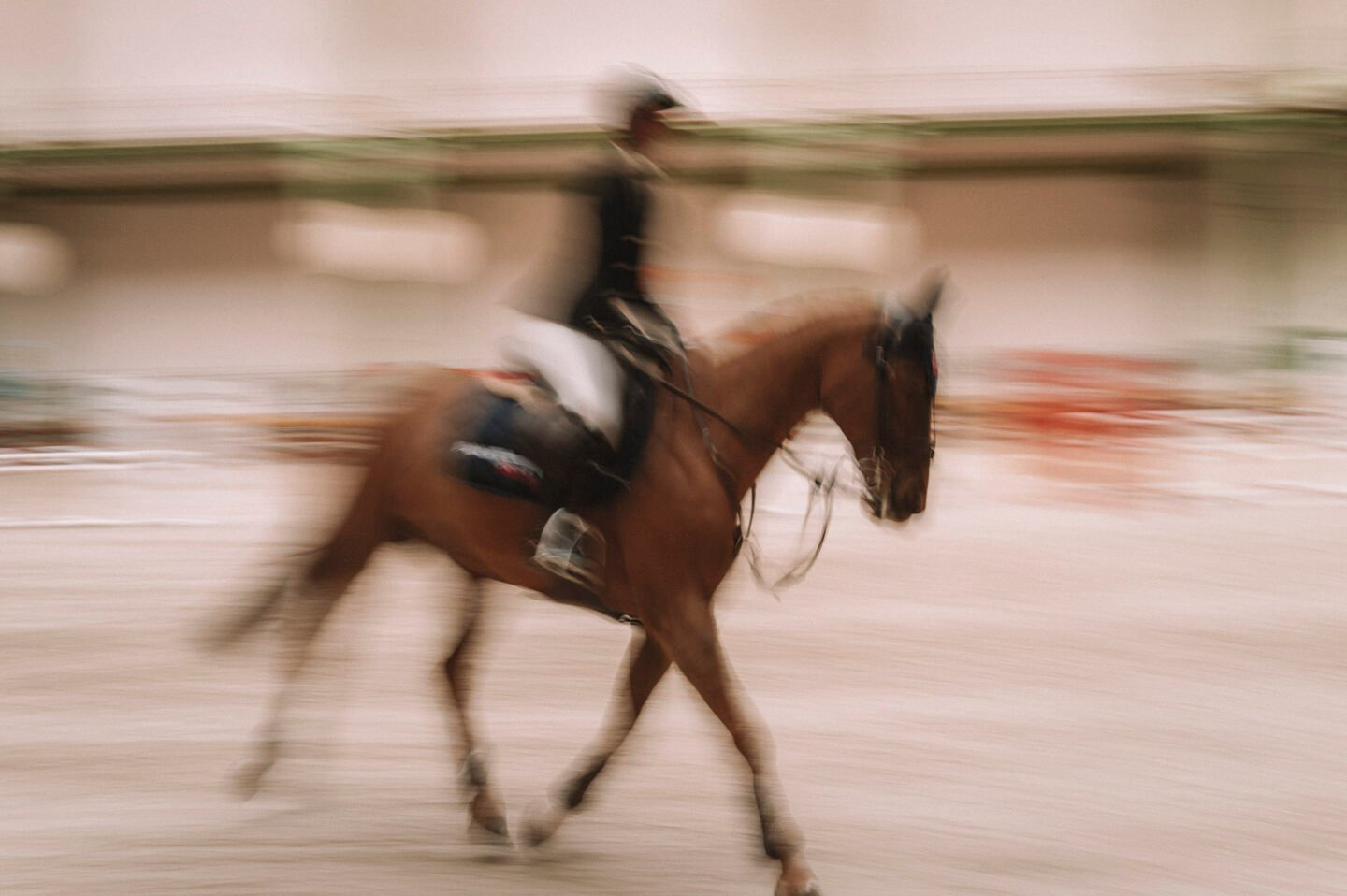
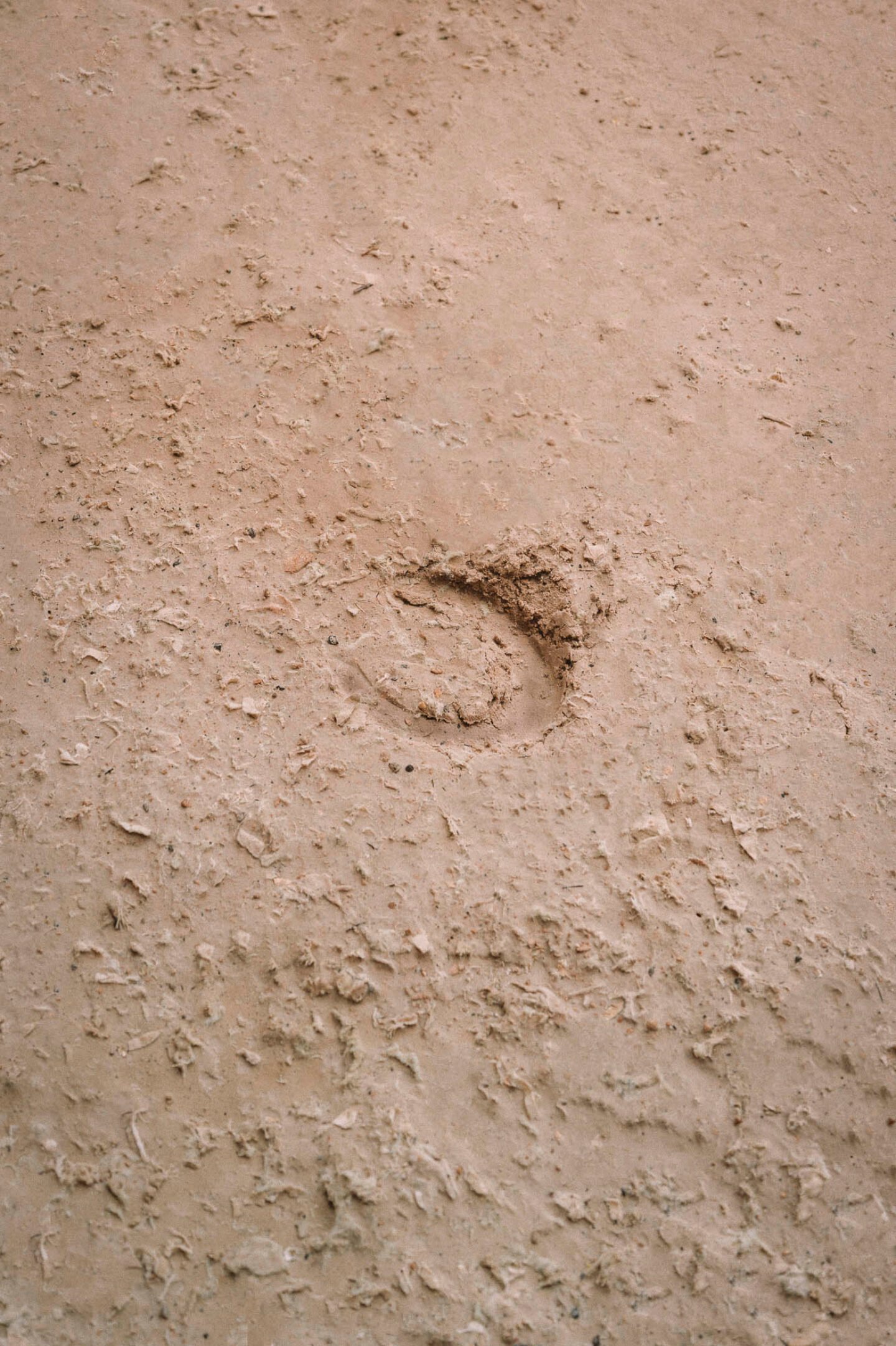

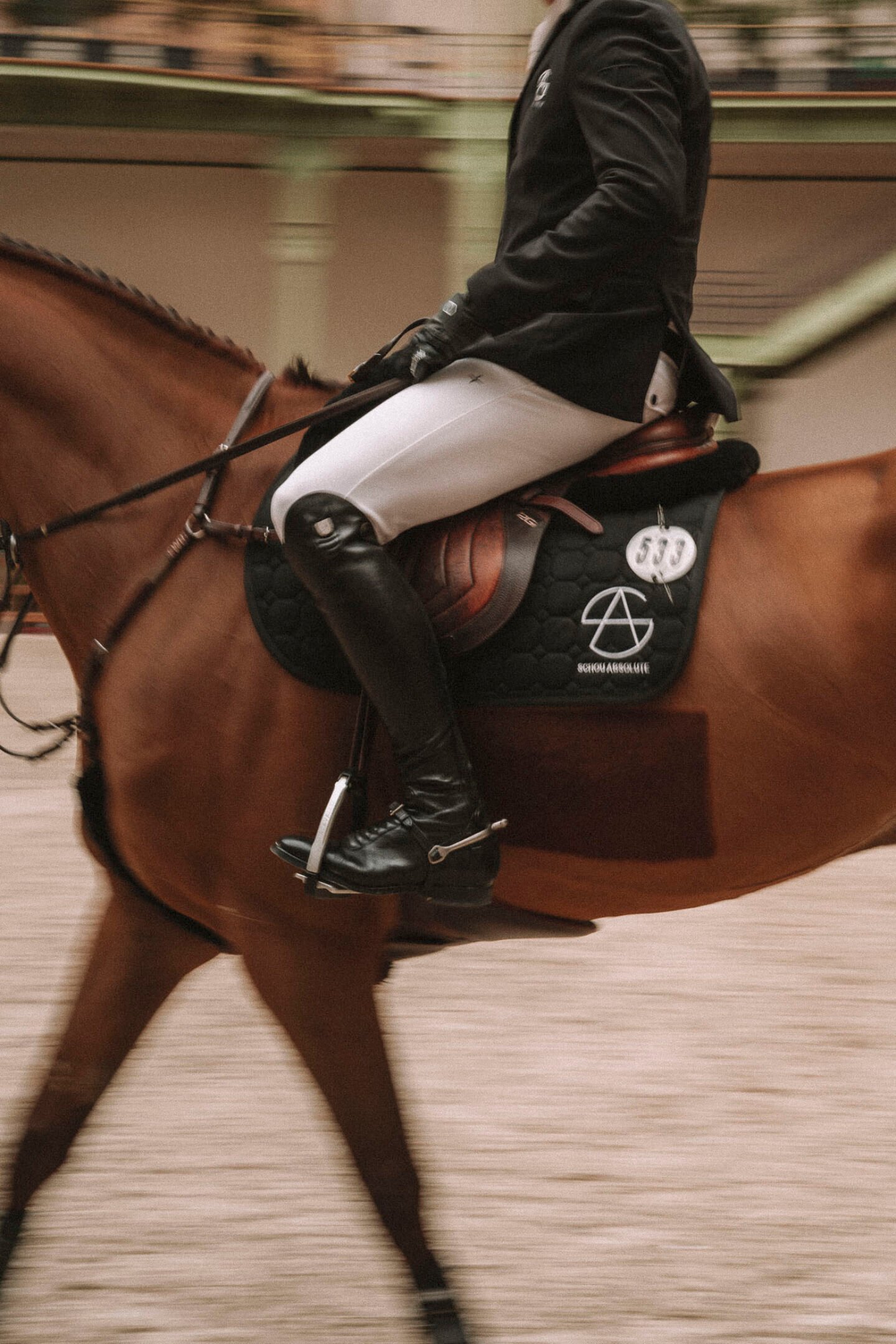
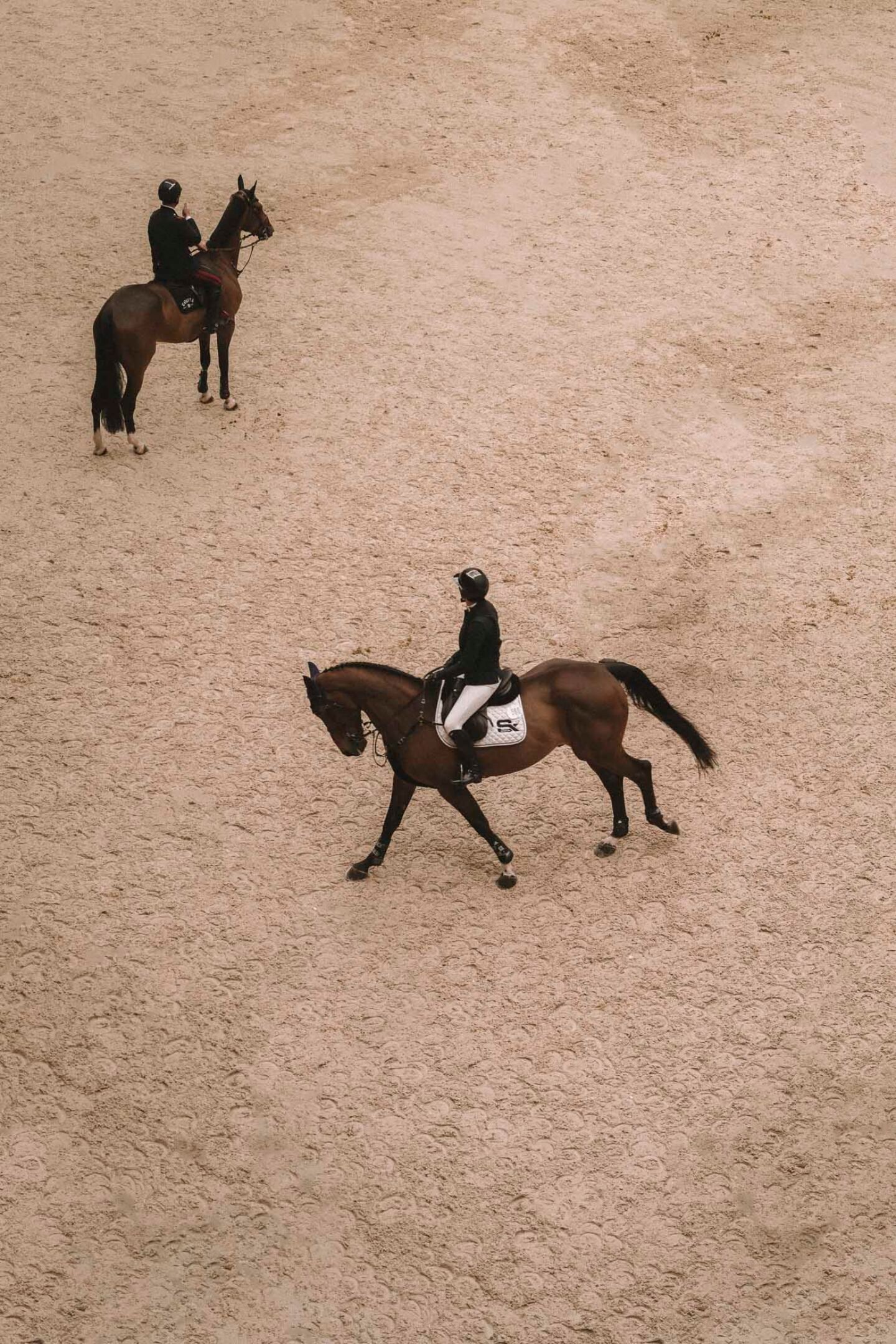
Return to the Grand Palais
This year marked the return of the Saut Hermès to the Grand Palais after four years of restoration. Under the iron and glass canopy, riders and horses faced courses designed to test precision, trust, and adaptability. The jumps reached a formidable 1.6 meters in the Grand Prix Hermès, requiring finely tuned communication between horse and rider. The winner of this year’s Grand Prix was Simon Delestre with Cayman Jolly Jumper, their partnership a study in balance and control. In the under-25 category, Les Talents Hermès, the team of Evelyne Putters with Eye of the Tiger and Mathieu Guery with Time-Breaker SZ claimed the top spot, representing the next generation of riders ready to step into the arena.
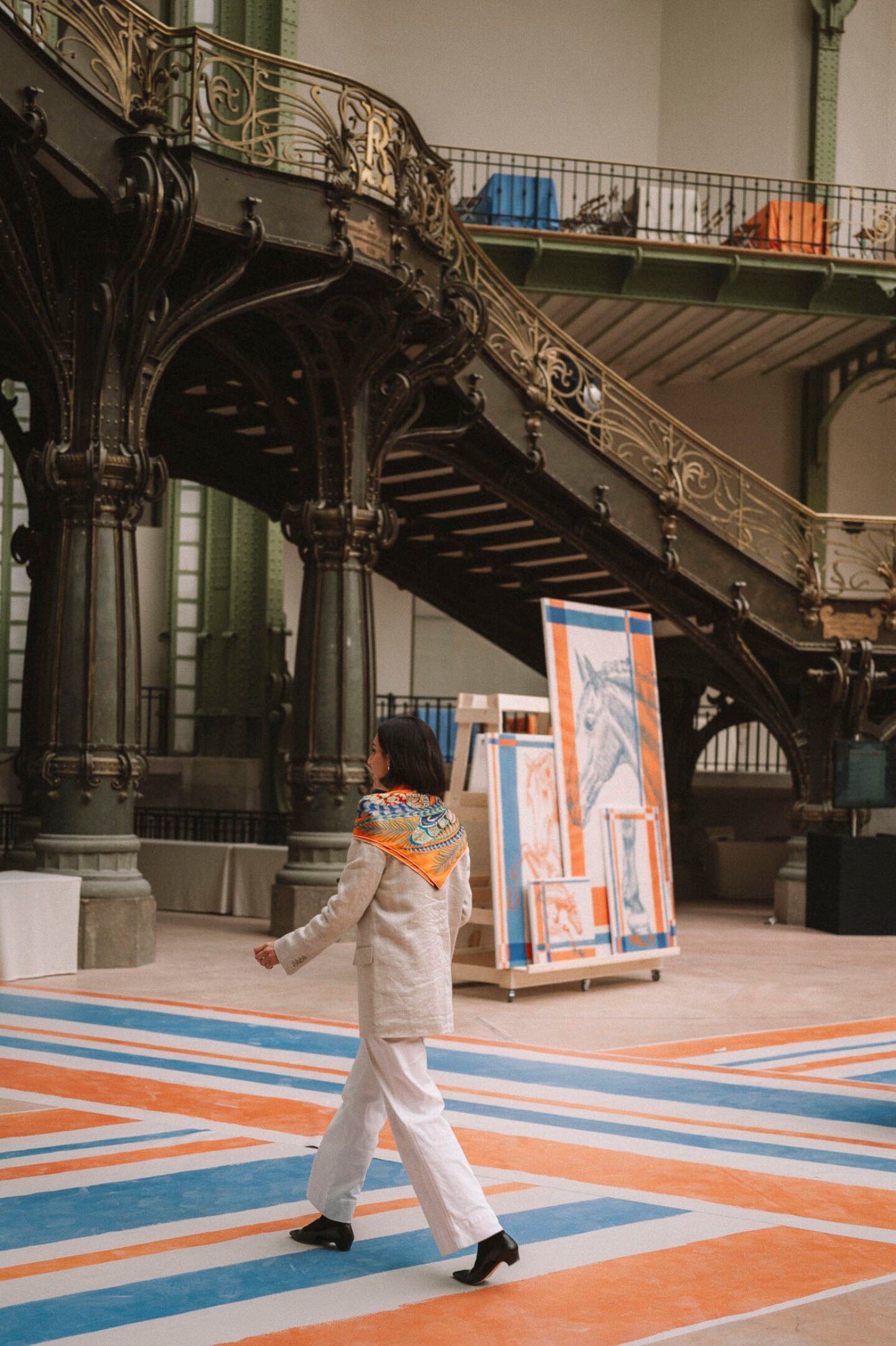
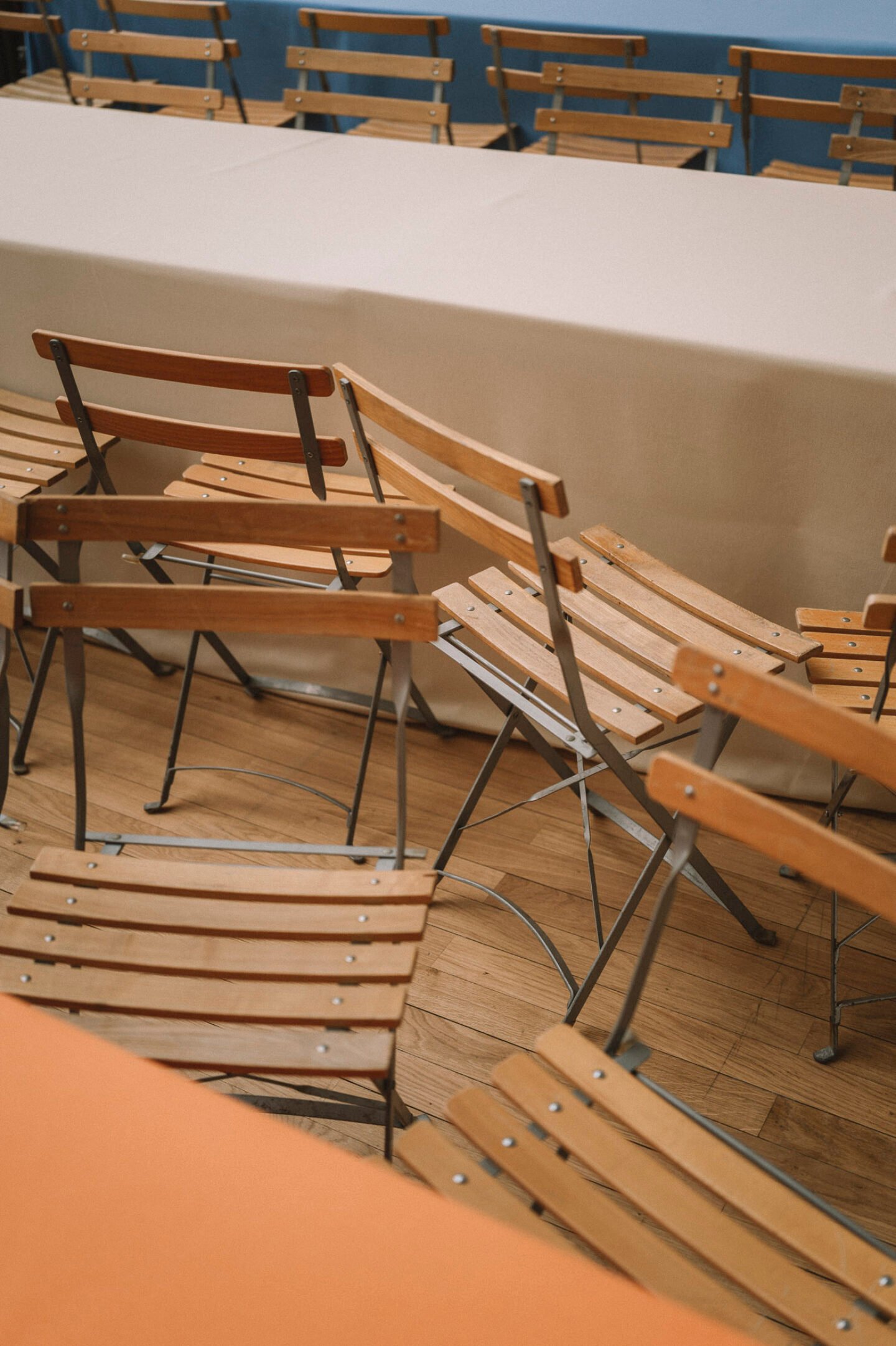
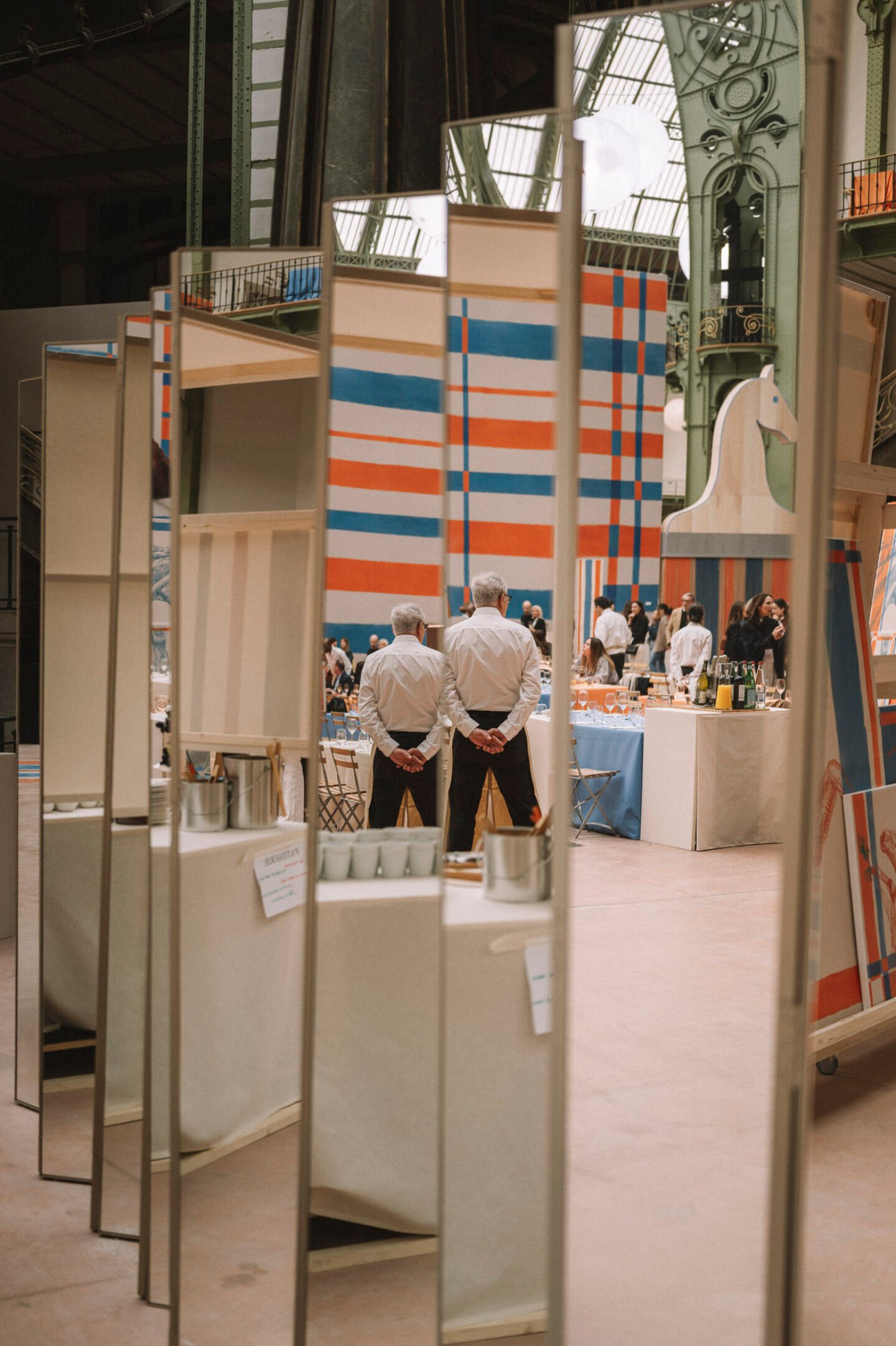
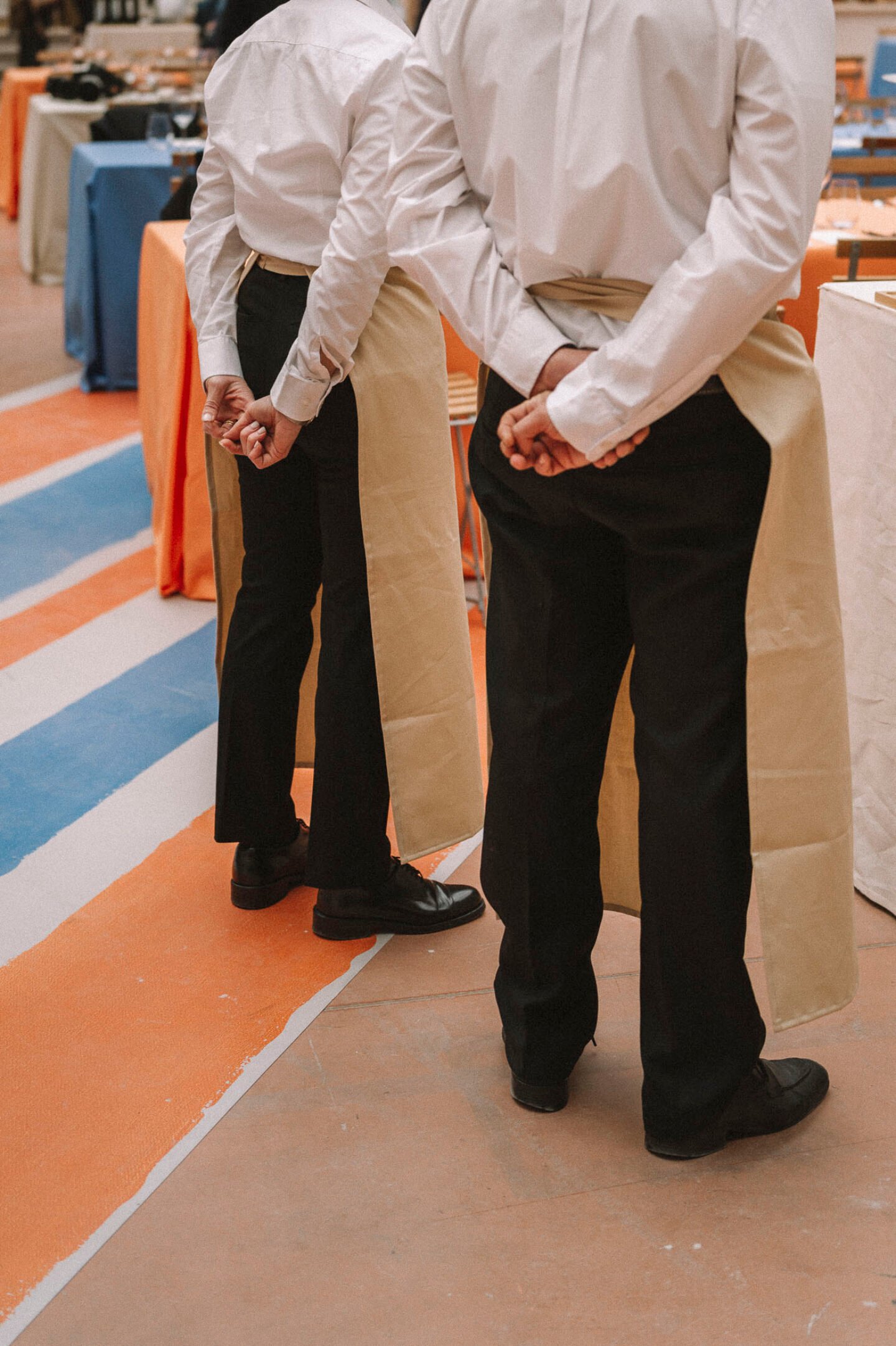
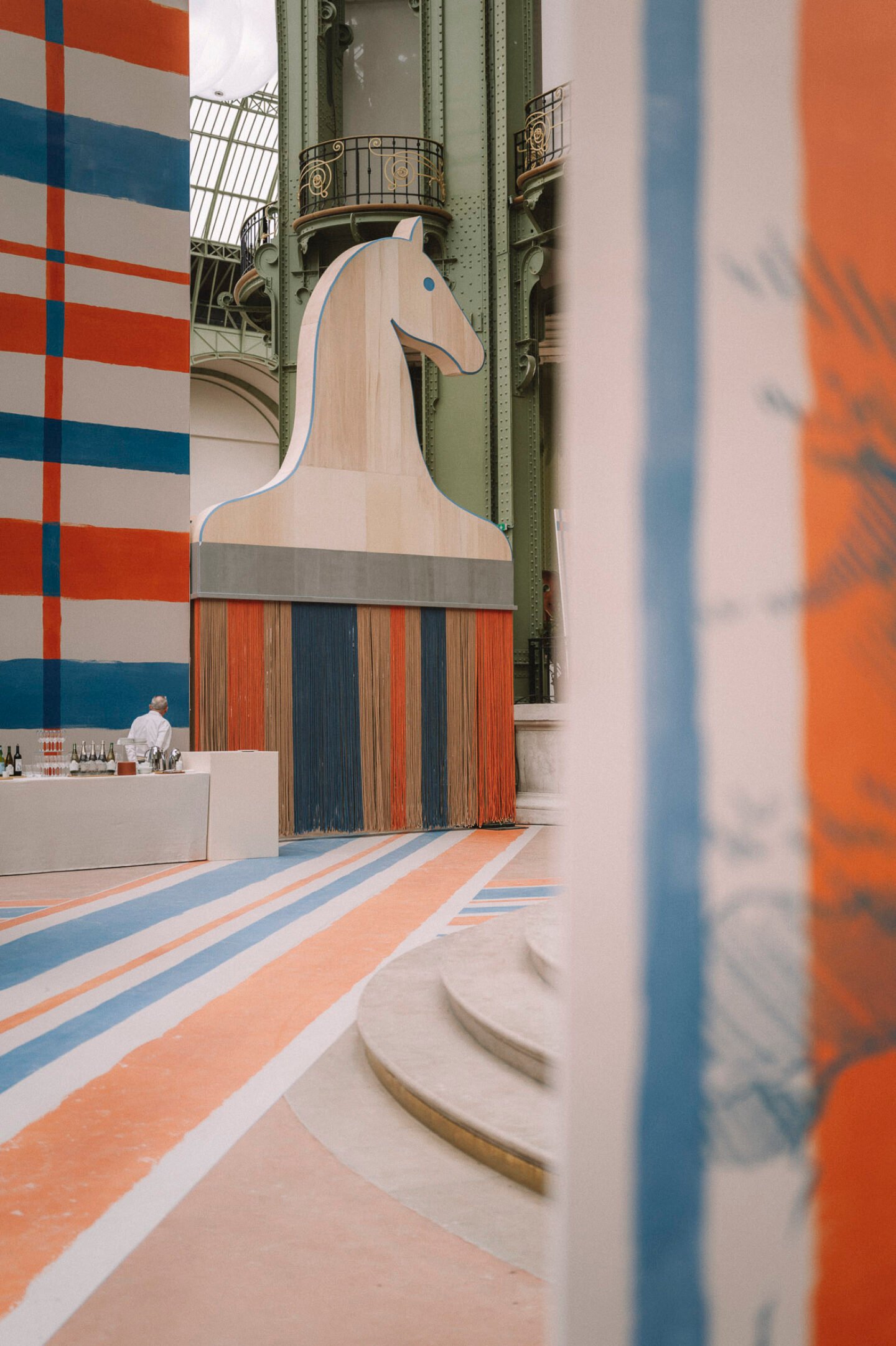
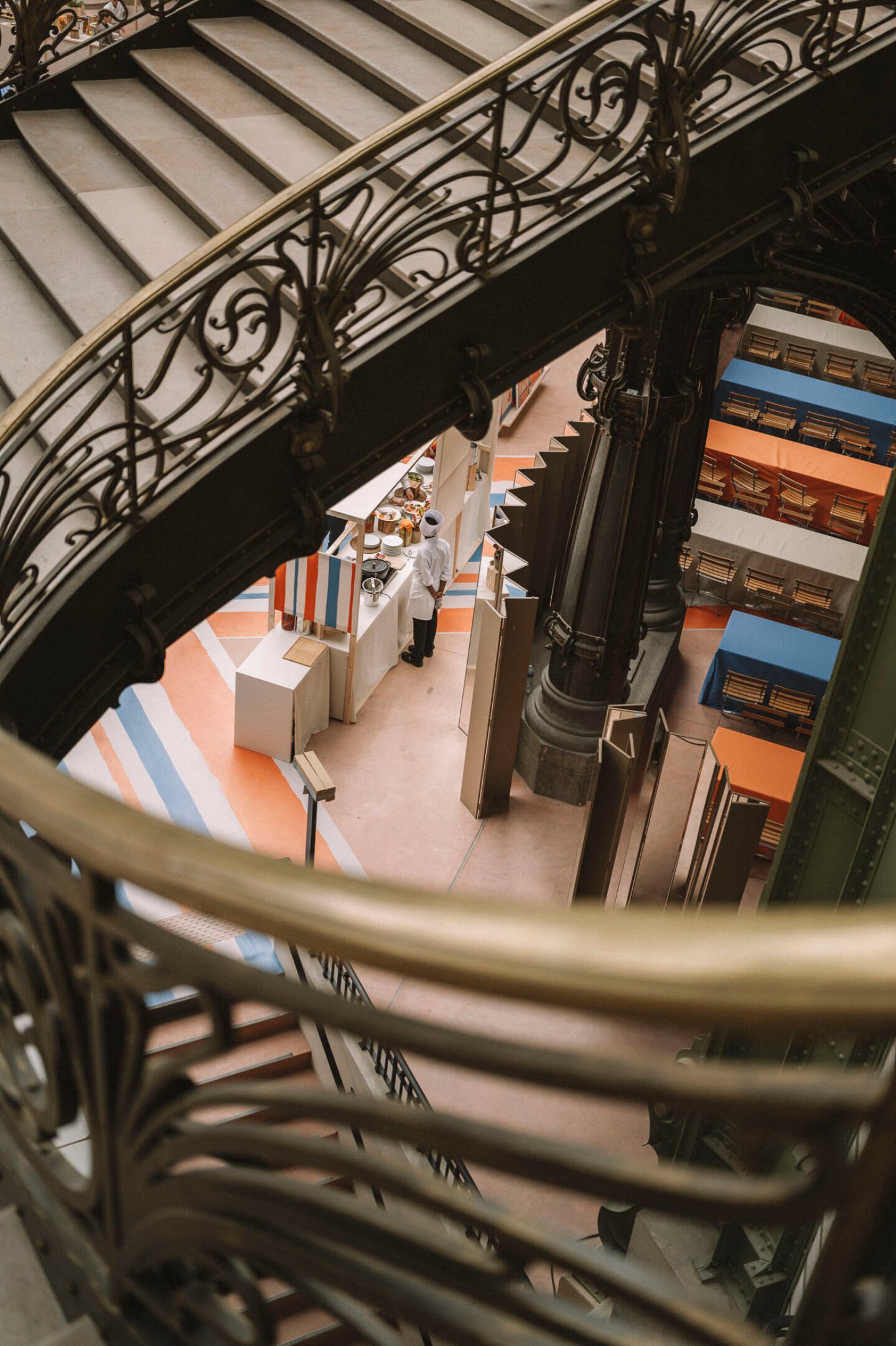
Designing the Challenge
Course designers Santiago Varela Ullastres and Grégory Bodo approach their work with architectural precision. More than an arrangement of obstacles, a course is a puzzle of distances, angles, and timing, demanding absolute focus from both horse and rider. “The challenge must be fair, but it must also make sense to the horse,” notes Ullastres. Each turn and jump is calculated to test reactions under pressure, rewarding those who can adjust their strategy in an instant. The difficulty of the course is felt in moments that pass in seconds: the brief hesitation before a jump, the fraction of a second lost in a wide turn. The difference between winning and losing may be invisible to an untrained eye, but is instinctively understood by those who ride.
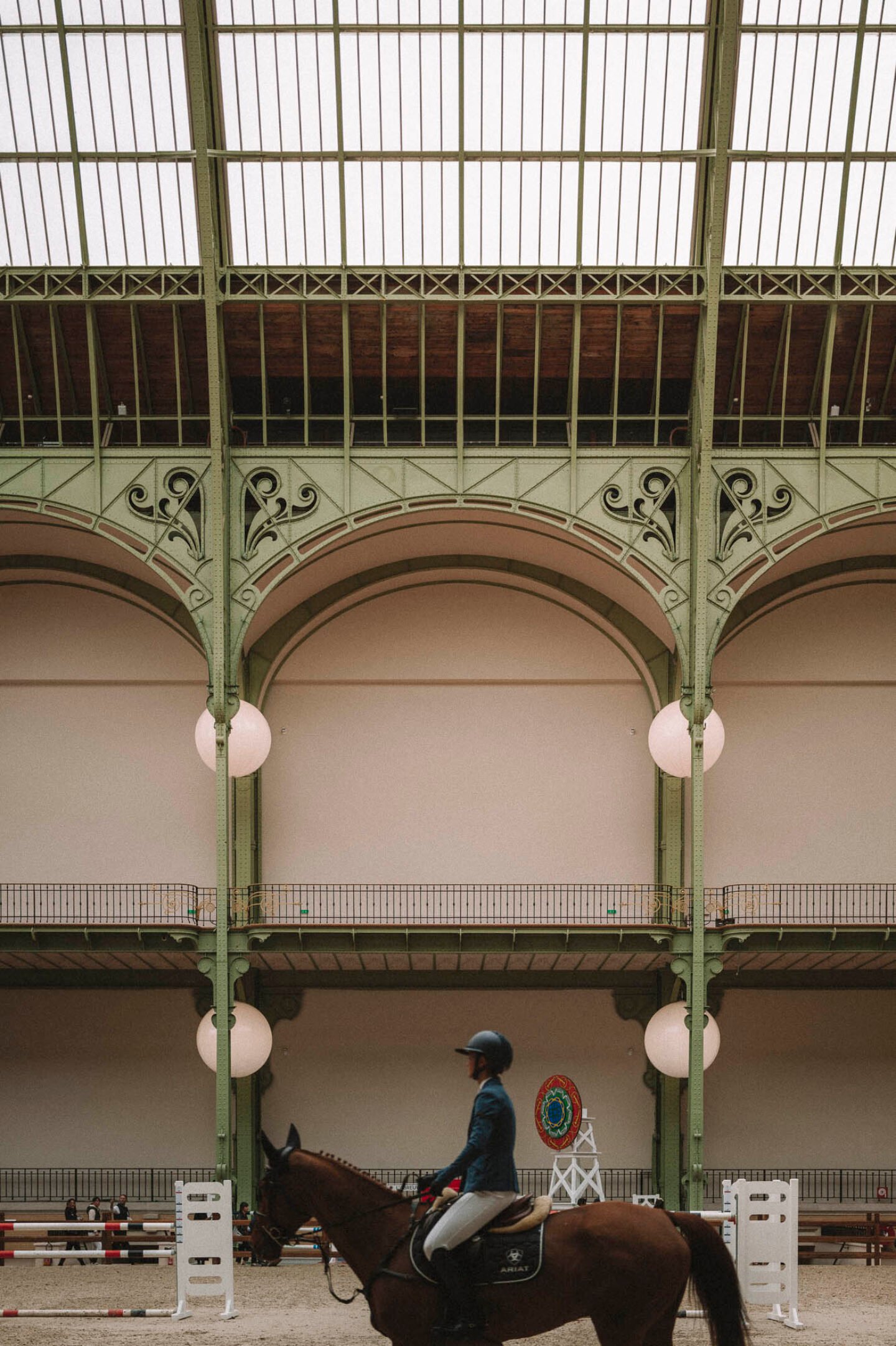
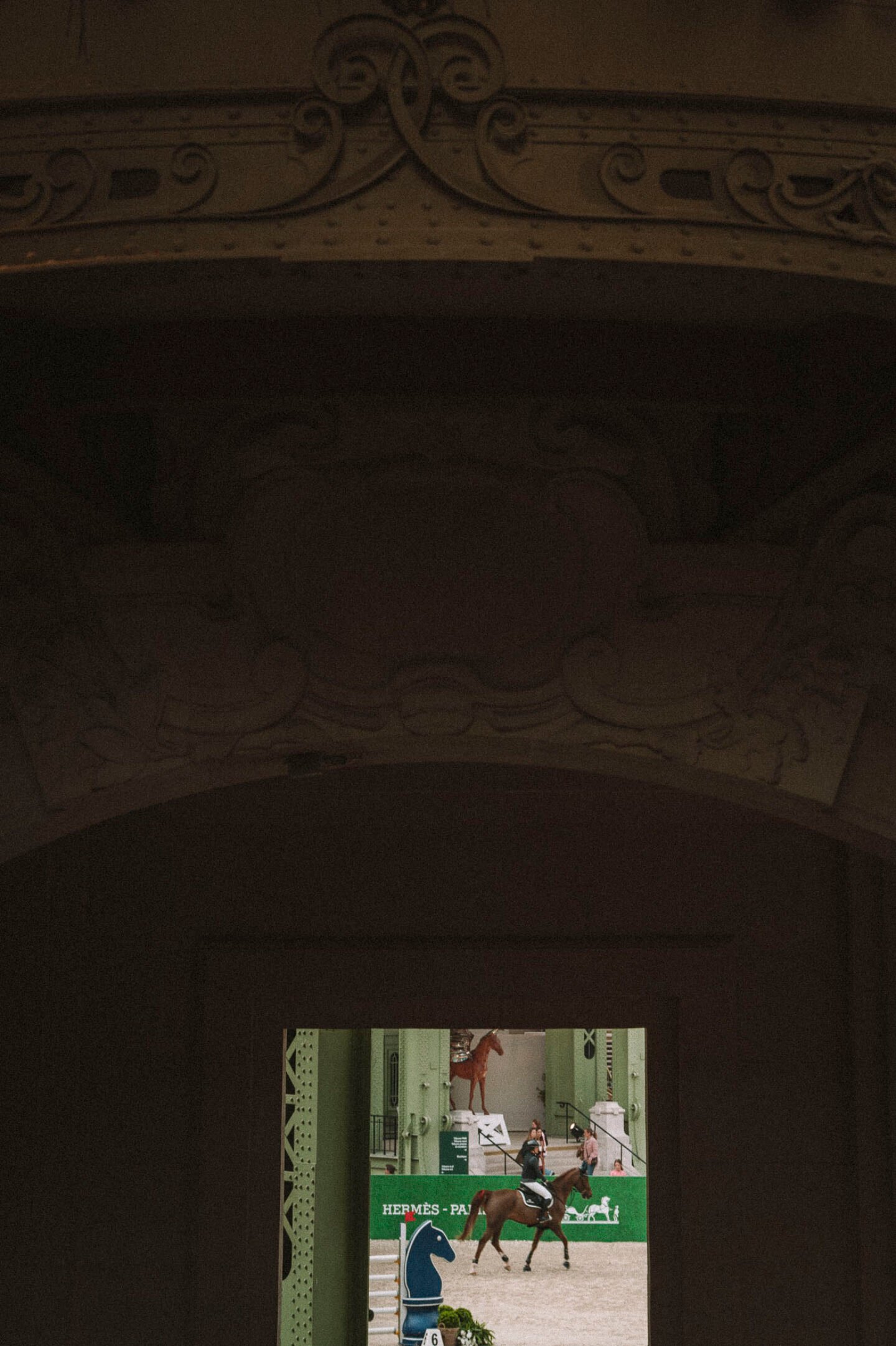
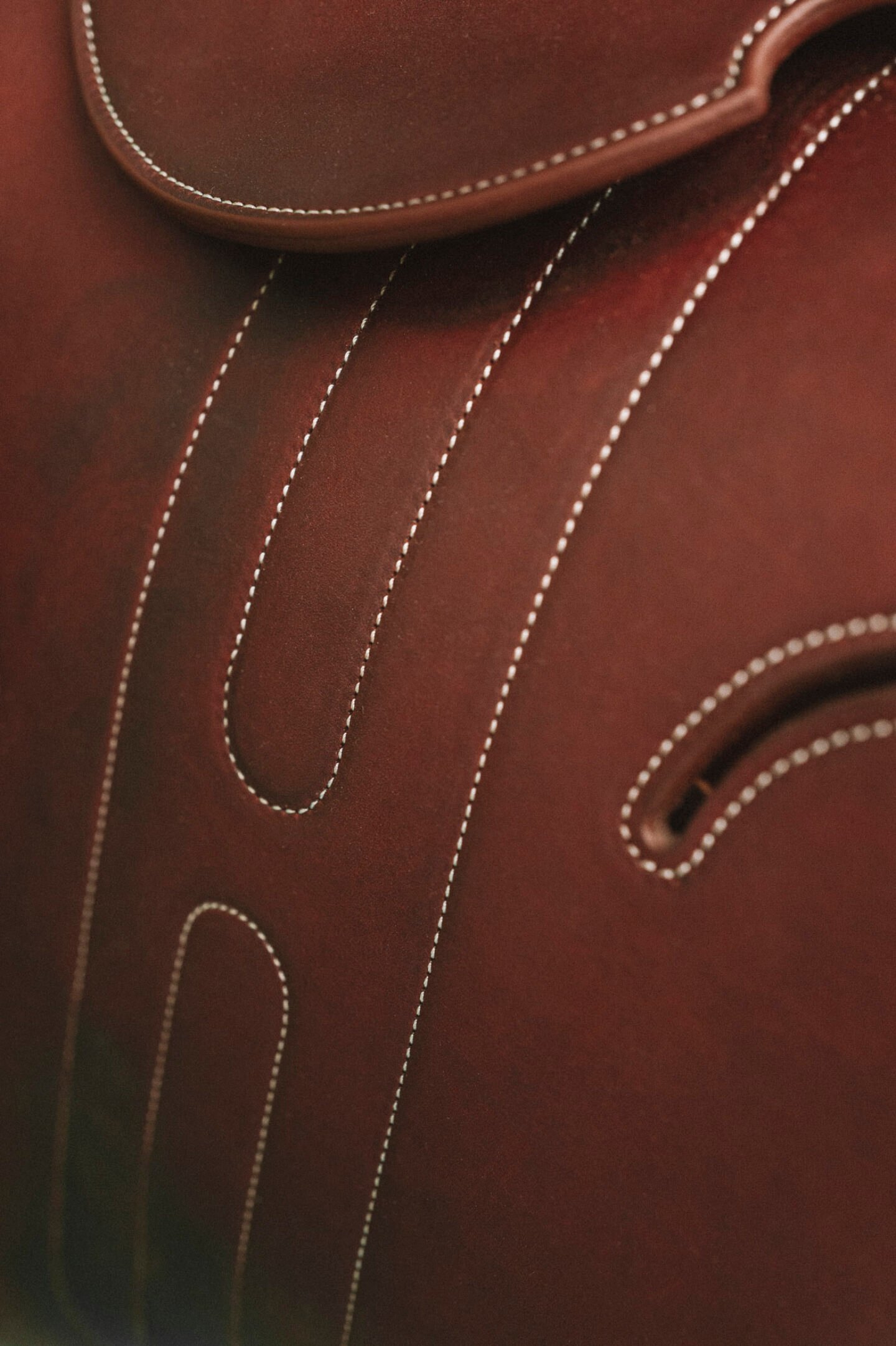
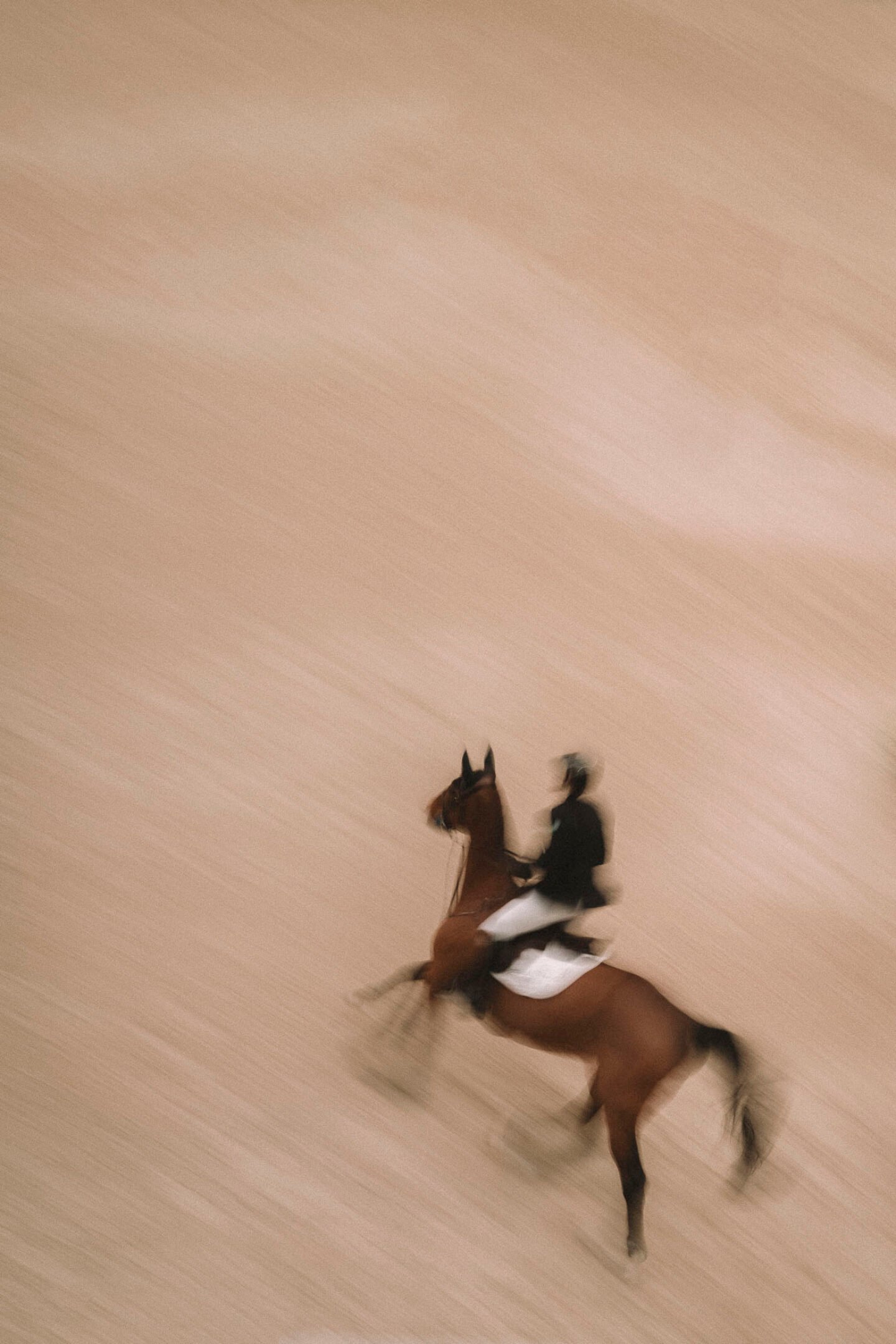
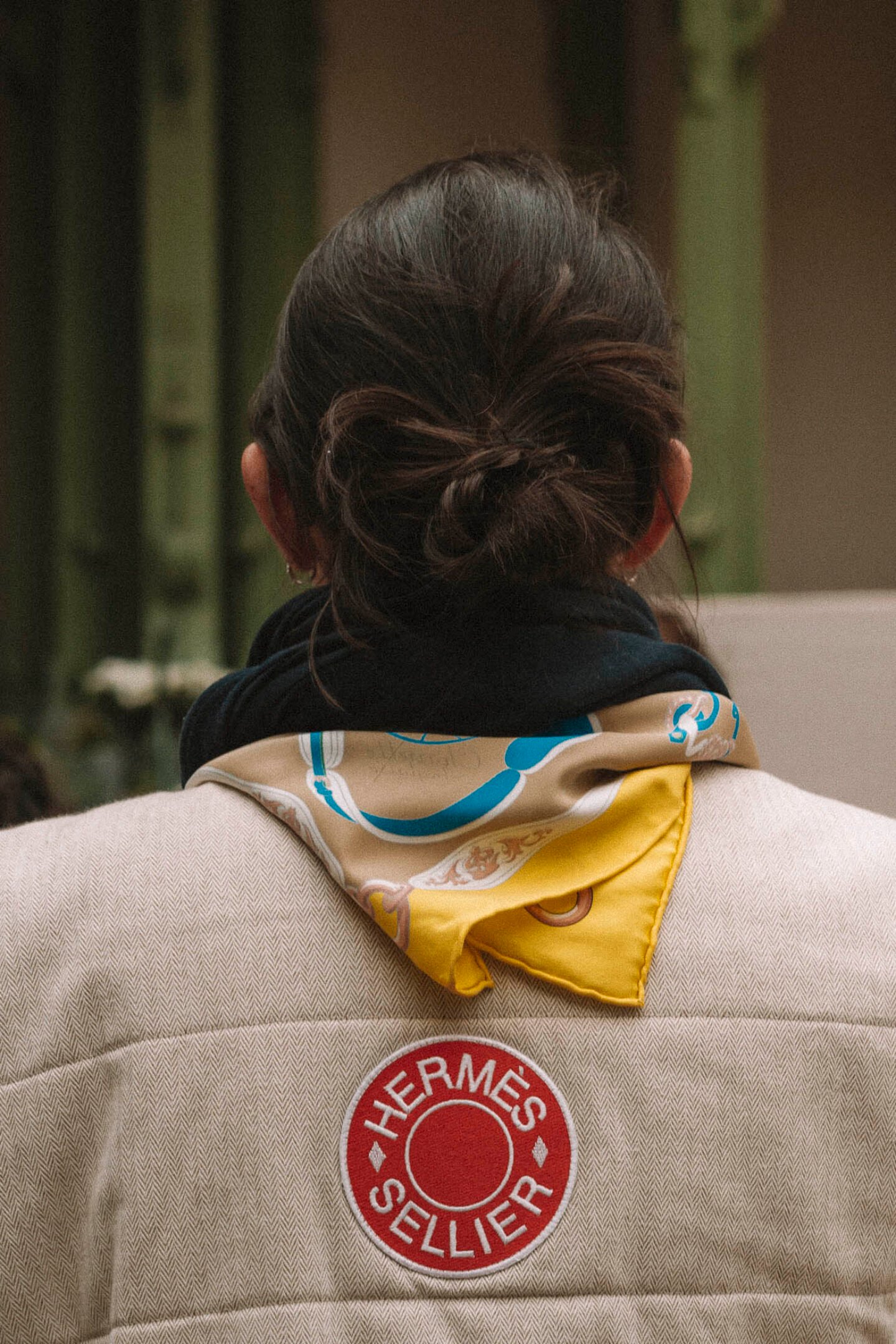
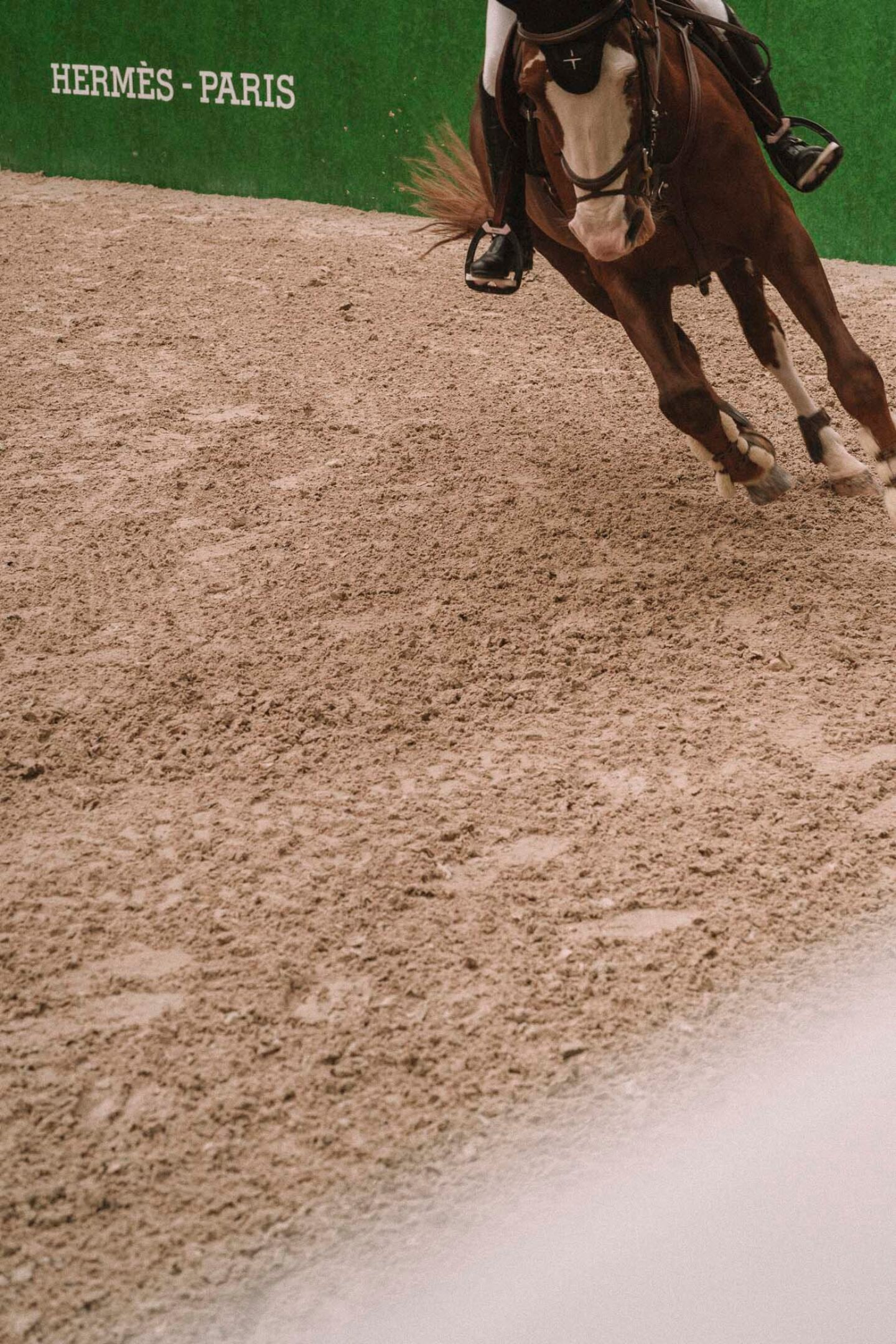
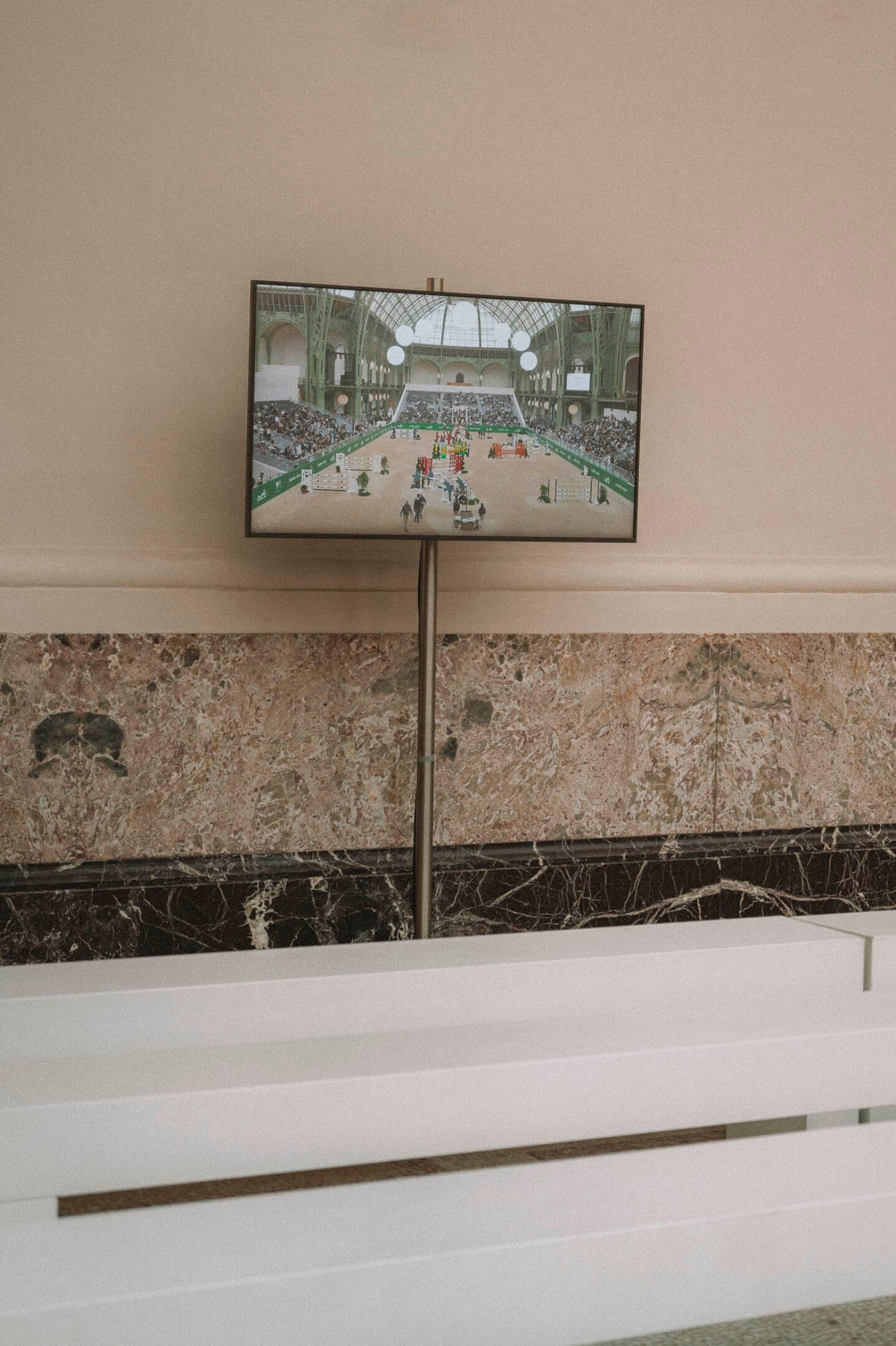
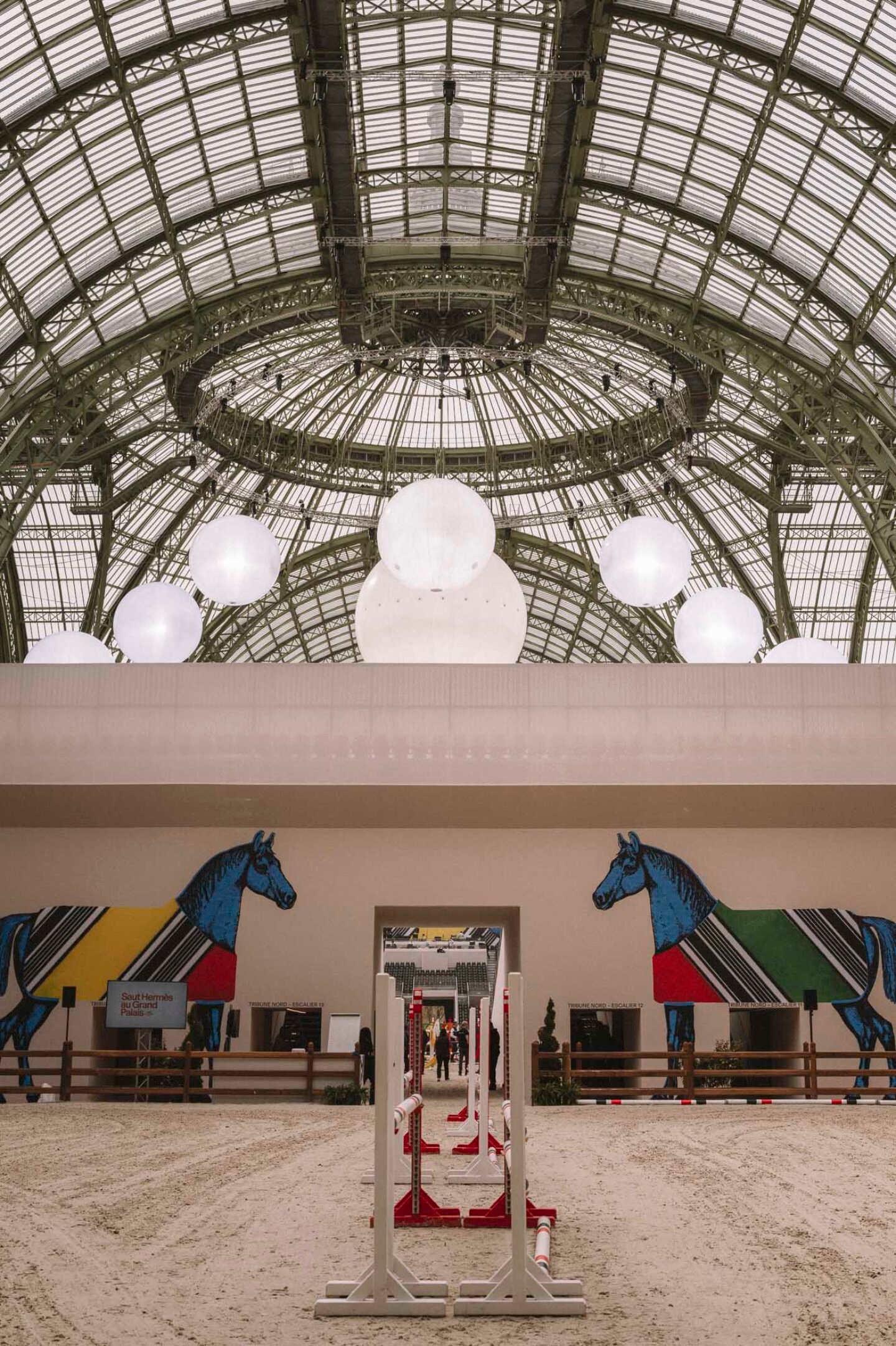
A Celebration Beyond Competition
While the competition is the centerpiece, the Saut Hermès is also a gathering of equestrian culture. In the paddocks outside the arena, horses are groomed and prepared, and trainers exchange brief words with riders before they enter the ring. Inside, visitors move between stands that illuminate the craftsmanship and tradition surrounding the sport. In the evenings, an equestrian performance replaces the precision of competition with a more expressive display—a reminder that the bond between human and horse is about understanding as much as it is skill.
The return of the Saut Hermès to the Grand Palais marks a continuation rather than a revival. The event nods to the past while carrying forward a conversation between sport, craft, and history, played out in the shifting light beneath the glass dome. Paris, for these three days, belonged to the horses once again.
Images © Clemens Poloczek | Text: Anna Dorothea Ker
